
Low Light Indoor House Plants: Effects, Light Impact, and Maintenance Tips for GULF countries
- Home
- Low Light Indoor House Plants: Effects, Light Impact, and Maintenance Tips for GULF countries
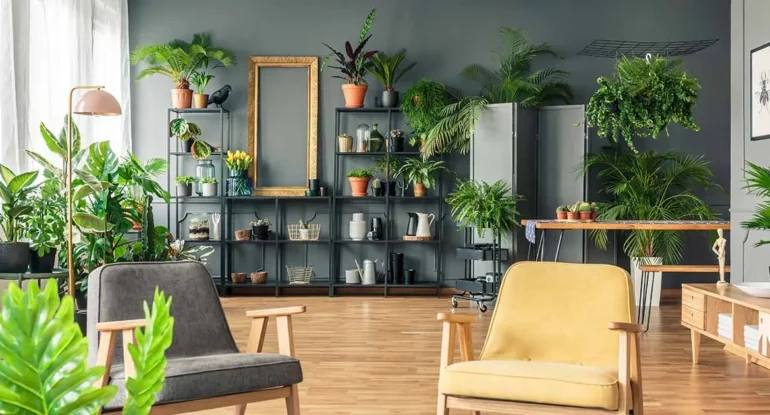
Low Light Indoor House Plants: Effects, Light Impact, and Maintenance Tips for GULF countries
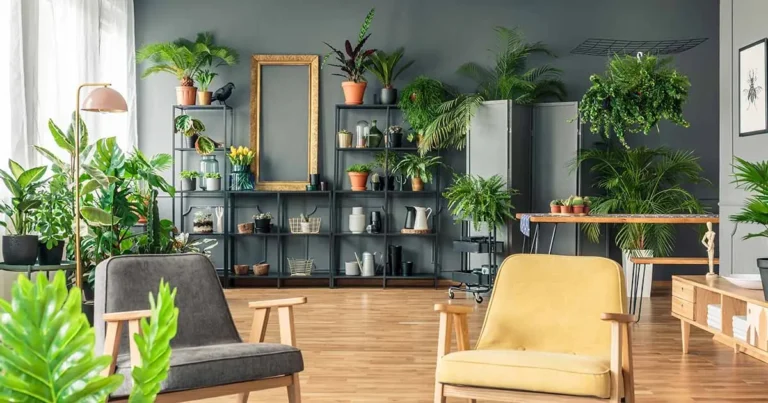
Indoor house plants can transform a space, enhancing its aesthetic appeal while contributing to overall well-being. For those with limited natural light, low light indoor plants offer an excellent solution. In this article, we’ll explore the effects of low light plants, the impact of light on their growth, and essential maintenance tips to keep them thriving.
Understanding Low Light Indoor Plants : Low light indoor plants are species that can survive and even flourish in conditions with minimal sunlight. These plants are typically found in shaded areas of their natural habitats, such as forest understories, where direct sunlight is scarce. Common examples include snake plants, pothos, and ZZ plants.
Effects of Low Light Indoor House Plants in GULF:
- Air Quality Improvement: One of the most notable benefits of indoor plants is their ability to improve air quality. Low light plants can absorb harmful pollutants, such as formaldehyde and benzene, and release oxygen, which can enhance your living environment. The presence of these plants can reduce indoor air toxins, contributing to better respiratory health.
- Psychological Benefits: Numerous studies have shown that indoor plants can reduce stress, boost mood, and increase productivity. The greenery of low light plants creates a calming atmosphere, promoting relaxation and mental well-being. This makes them perfect for home offices, bedrooms, or any space where you want to feel more at ease.
- Aesthetic Appeal: Low light plants add colour, texture, and life to your home. With a variety of shapes and sizes, these plants can enhance the decor of any room, providing visual interest and a sense of natural beauty.
- Humidity Regulation: Plants naturally release moisture into the air through a process called transpiration. This can help increase humidity levels in dry indoor environments, which is particularly beneficial during winter when indoor air tends to be drier.
- Educational Opportunities: Having low light plants at home can spark an interest in botany and gardening, especially for families with children. Caring for plants provides valuable lessons about responsibility, growth, and the environment.
Light Effects on Low Light Indoor Plants: While low light plants can survive with minimal light, their health and growth are still significantly influenced by light conditions.
- Growth Rate: Low light can slow down a plant’s growth rate. While these plants are adapted to low light, insufficient light may lead to leggy growth, where stems elongate in search of light, resulting in weak and sparse foliage.
- Leaf Colour and Health: Inadequate light can cause leaves to lose their vibrant colour, often turning yellow or fading. Over time, prolonged exposure to low light can result in leaf drop and overall decline.
- Flowering: For flowering plants like peace lilies, low light can inhibit blooming. While they can survive in dim conditions, providing them with brighter, indirect light can encourage more frequent and vibrant flowers.
- Photosynthesis: Photosynthesis is vital for a plant’s energy production. Low light conditions limit this process, which can affect overall vigour. While low-light plants require less light than others, they still need some to function optimally.
- Adaptation and Tolerance: Low light plants have adaptations that help them thrive in shaded environments, such as larger leaves to capture more light or different photosynthetic pathways that allow them to utilize lower light levels effectively.
- Placement Considerations: Understanding light levels in your home is crucial for plant health. Low light plants do best in areas with indirect sunlight or filtered light, such as near north-facing windows or shaded corners. Direct sunlight can harm them, causing leaf scorch or damage.
- Artificial Light Supplementation: If natural light is insufficient, using grow lights can help. LED grow lights or fluorescent bulbs provide the necessary spectrum of light for optimal growth, especially during darker months.
The Best Low Light Indoor House Plants for Your Home :
1. Snake Plant (Sansevieria): The snake plant, also known as mother-in-law’s tongue, is a popular choice for low-light spaces. Its striking, upright leaves can reach impressive heights, and it’s incredibly forgiving when it comes to care. Snake plants thrive on neglect; they require minimal watering and can survive in various light conditions, making them ideal for beginners. Additionally, they’re known for their air-purifying qualities, absorbing toxins and releasing oxygen.

2. Pothos (Epipremnum aureum): Pothos is a versatile and hardy vine that can adapt to a range of lighting situations. Its heart-shaped leaves come in various shades of green, often speckled with yellow or white. Pothos is perfect for hanging baskets or as a trailing plant on shelves. It thrives on infrequent watering, so you won’t have to worry about maintaining a strict schedule. Plus, it’s great for improving indoor air quality.

3. ZZ Plant (Zamioculcas zamiifolia): The ZZ plant is a standout for its glossy, dark green leaves and robust nature. It thrives in low light and requires minimal care, making it an excellent choice for busy individuals. This plant is drought-tolerant, so you can go weeks without watering it. The ZZ plant’s unique appearance and low-maintenance requirements make it a favourite for offices and homes alike.

4. Peace Lily (Spathiphyllum): The peace lily is renowned for its elegant white blooms and glossy green foliage. While it prefers indirect light, it can tolerate low-light conditions. Peace lilies are also effective air purifiers, capable of removing harmful pollutants from the air. They do require more moisture than some other low-light plants, so keep the soil consistently moist, but be careful not to overwater.

5. Cast Iron Plant (Aspidistra elatior): As its name suggests, the cast iron plant is nearly indestructible. It can withstand neglect, low light, and a range of temperatures, making it ideal for those new to plant care. The plant features dark green, arching leaves that bring a lush feel to any space. Just be sure to water it occasionally, allowing the soil to dry out between watering.

6. Chinese Evergreen (Aglaonema): Chinese evergreen is a beautiful plant known for its stunning foliage, often marbled with shades of green, silver, and red. It thrives in low to moderate light and prefers warm, humid conditions. This plant is relatively easy to care for and can tolerate a bit of neglect, making it a great choice for beginners or those with busy lifestyles.

7. Spider Plant (Chlorophytum comosum): Spider plants are charming and adaptable, known for their arching leaves and baby plantlets, or “pups,” that can be propagated easily. They thrive in various light conditions, including low light. Spider plants are also great air purifiers and can help improve indoor air quality. They prefer well-drained soil and moderate watering.

How to Maintain Low Light Indoor House Plants: Maintaining low light indoor plants is generally straightforward, but they still require some care. Here are essential tips for keeping them healthy:
- Watering: Most low light plants prefer to dry out between watering. Overwatering is a common issue that can lead to root rot. Check the soil moisture before watering; if the top inch of soil is dry, it’s time to water.
- Humidity: While many low light plants can tolerate average indoor humidity, increasing humidity can benefit them, especially during dry months. You can mist the leaves, place a humidifier nearby, or group plants together to create a microclimate.
- Fertilization: Low light plants generally require less fertilizer than those in brighter conditions. Use a balanced, diluted fertilizer during the growing season (spring and summer) every 4-6 weeks. Reduce or eliminate fertilization in fall and winter when growth slows down.
- Pruning: Regularly check for dead or yellowing leaves and prune them to maintain the plant’s health and appearance. Pruning also encourages bushier growth.
- Dusting Leaves: Dust can accumulate on leaves, blocking light absorption. Gently wipe leaves with a damp cloth to keep them clean and allow for optimal photosynthesis.
- Repotting: As plants grow, they may outgrow their pots. Repot your plants every couple of years or when you notice roots growing through the drainage holes. Choose a slightly larger pot with fresh potting soil.
- Observation: Pay attention to your plants. Changes in leaf colour, growth patterns, or drooping can signal that they need adjustments in care, such as more light, water, or humidity.
Conclusion: Low light indoor house plants offer numerous benefits, from improving air quality to enhancing mental well-being and adding beauty to your home. Understanding how light affects these plants and following proper maintenance tips can help you create a thriving indoor garden, even in the dimmest corners of your living space. Embrace the resilience of low light plants and enjoy the many rewards they bring to your home.
References:
- NASA Clean Air Study. (1989). Interior Landscape Plants for Indoor Air Pollution Abatement.
- G. B. (2016). Houseplants for Low Light. The Garden Club.
- Royal Horticultural Society. (2020). Choosing and Growing Houseplants.
- F. M. (2018). The Houseplant Handbook: A Guide to Choosing, Growing, and Caring for Indoor Plants.
- Royal Horticultural Society. (2020). Choosing and Growing Houseplants. Retrieved from RHS.org.uk.
- Warren, J. (2018). The Ultimate Guide to Houseplants: Selecting the Right Plants for Your Home. New York: Green Thumb Press.
- Bennett, C. (2021). Houseplant Care: The Essential Guide. London: Bloom Publishing.
Adding indoor plants to your living space in the Gulf region, especially in cities like Dubai and Abu Dhabi, not only enhances aesthetics but also improves air quality. Some of the best indoor plants suited for homes in the UAE are low light indoor houseplants, which thrive in environments with minimal sunlight. These include varieties like snake plants, peace lilies, and spider plants. These species are ideal as indoor plants for oxygen production, contributing to cleaner and fresher air in your home. For people seeking to purify indoor air further, best indoor plants for clean air such as bamboo palms, Aloe Vera, and English ivy are excellent choices.
When choosing plants for specific spaces like the living room, large indoor plants like the fiddle leaf fig or rubber plant make great additions, providing a natural touch to modern interiors. If you’re more inclined toward a colorful ambiance, opt for indoor flowering plants or indoor blooming plants like anthuriums and African violets. These indoor flowering house plants not only beautify but also bring warmth and cheerfulness to your home. In areas where natural light is limited, the use of grow lights for plants can help maintain healthy growth for your low light indoor plants, ensuring they flourish even in spaces with little natural sunlight.
For individuals interested in innovative gardening solutions, hydroponic plants indoor setups are becoming increasingly popular in the UAE, especially in urban areas like Dubai and Abu Dhabi. These systems allow the growth of plants without soil, making them perfect for indoor use where space and mess are concerns. Some best indoor plants for home that thrive in hydroponic systems include herbs like basil and mint, as well as leafy greens. Combining this with plants that promote air purification, you can create a healthier, greener indoor environment that suits the unique climate challenges of the Gulf region.
- Blog Categories
- Basic of Artificial Lighting for Plants
- Basic of grow Light
- Case Studies
- General Awareness
- Indoor Vertical Farming
- Medical Plant Research
- Online Tool
- Pitch Grow Light
- Plant Lighting Measurement
- Speed Breeding
- Supplemental Lighting
- Tissue Culture Grow Lights
- Vertical Green Wall
- LED Grow Lights
- Pharma Segment
- General
Popular Products
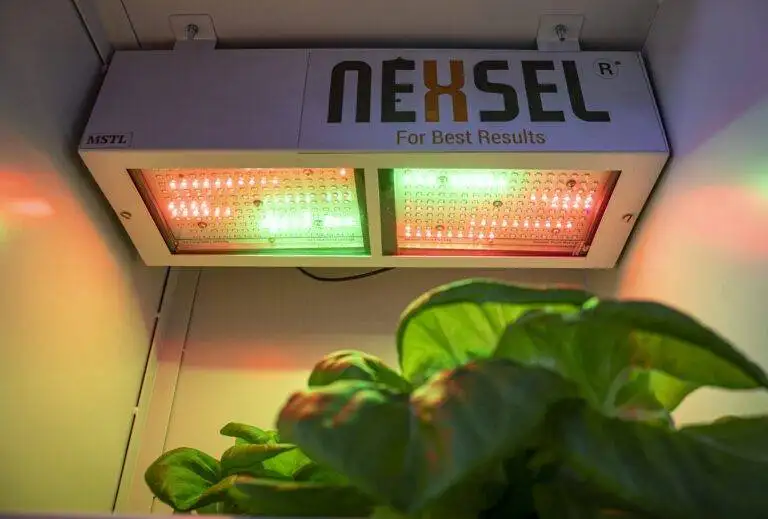
Enquire Now
Quick Link
Other Links
Design & Developed By VBTEK



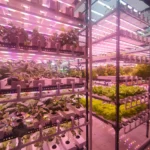
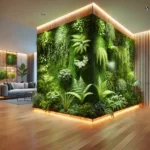

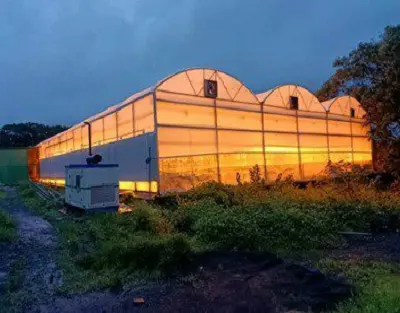
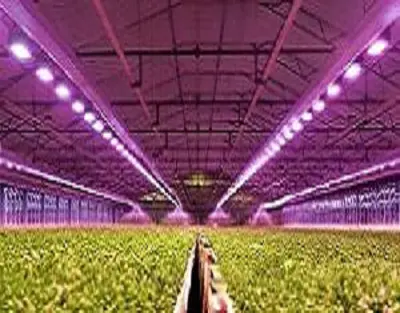
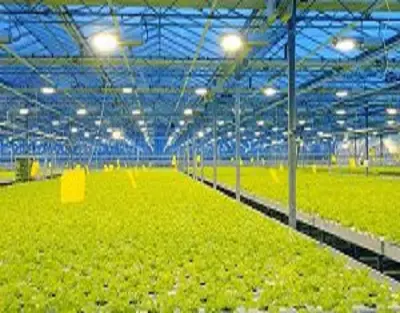
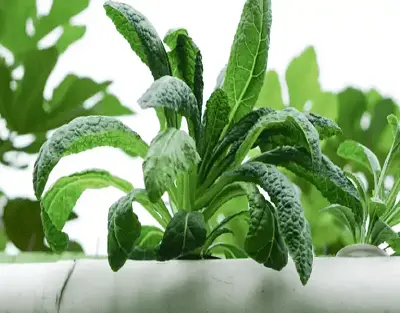
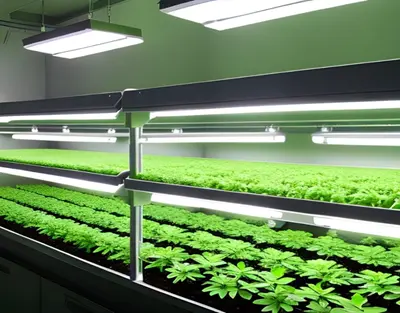
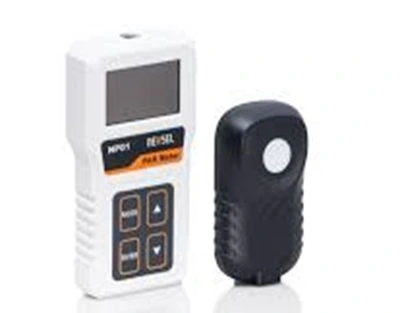
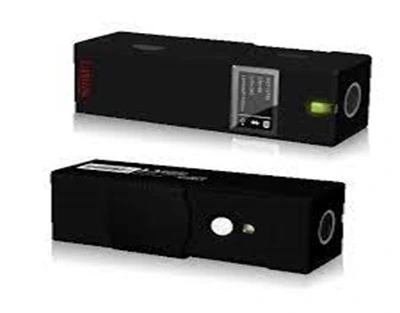
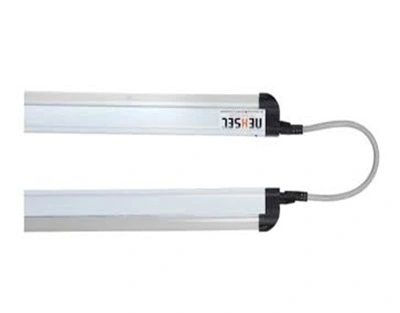
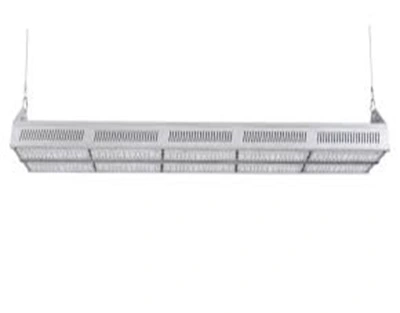
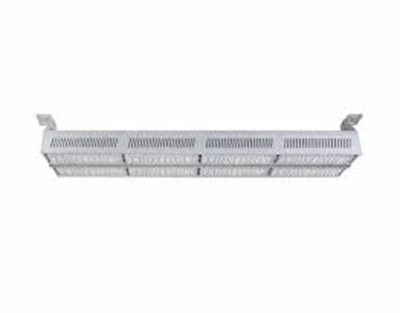
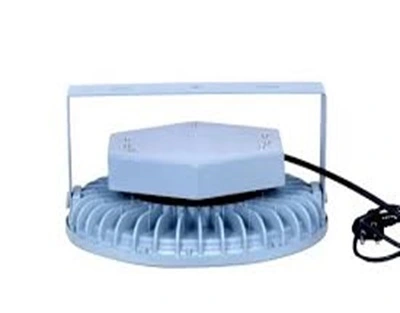
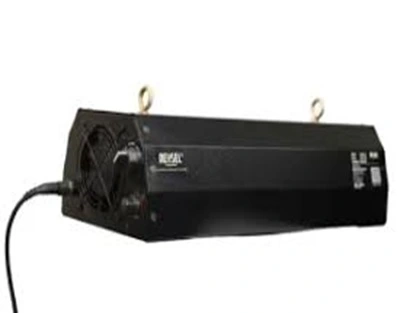
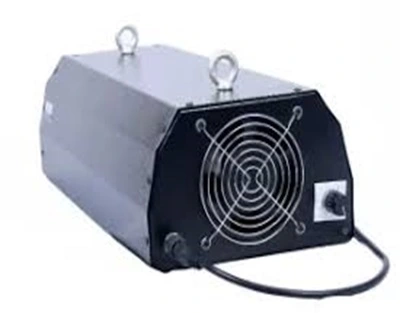
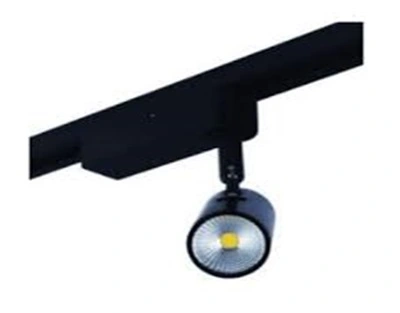
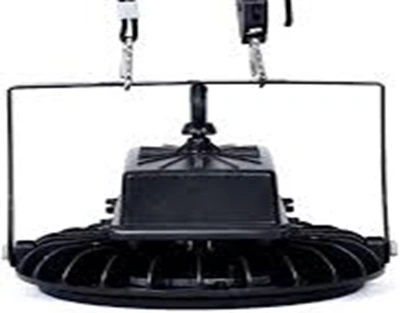
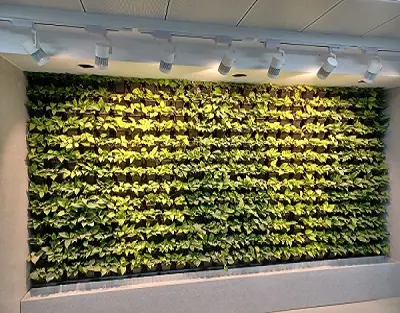
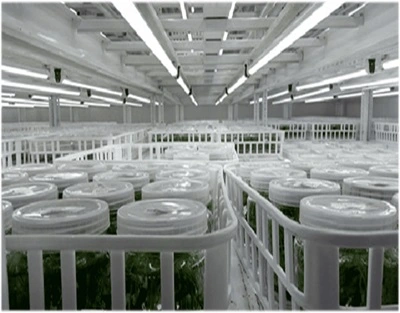
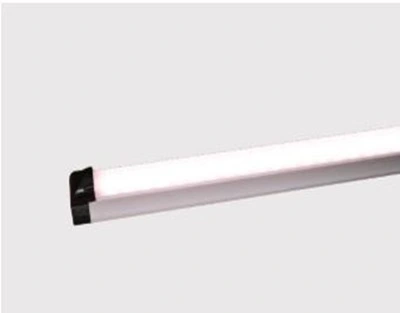
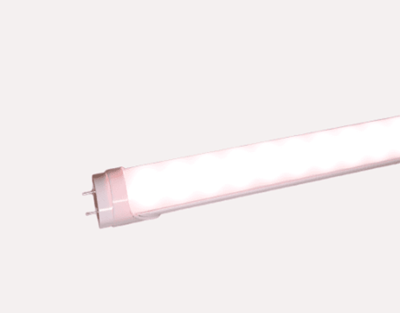
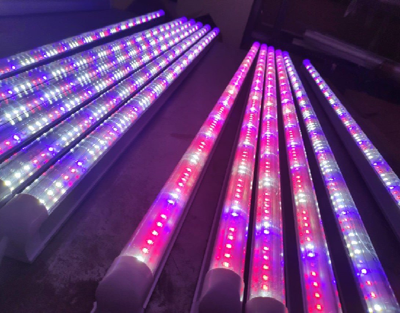
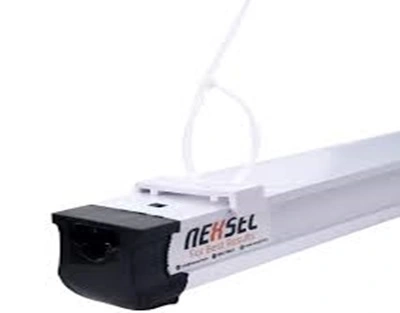
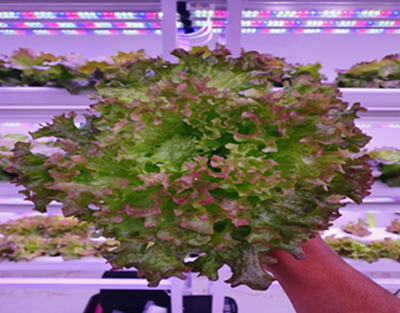
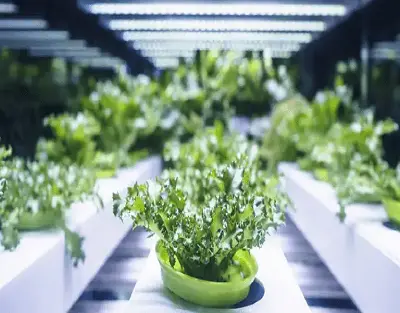
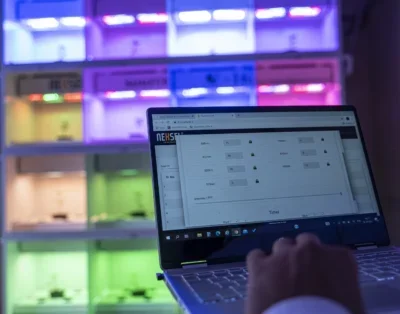


Leave A Comment